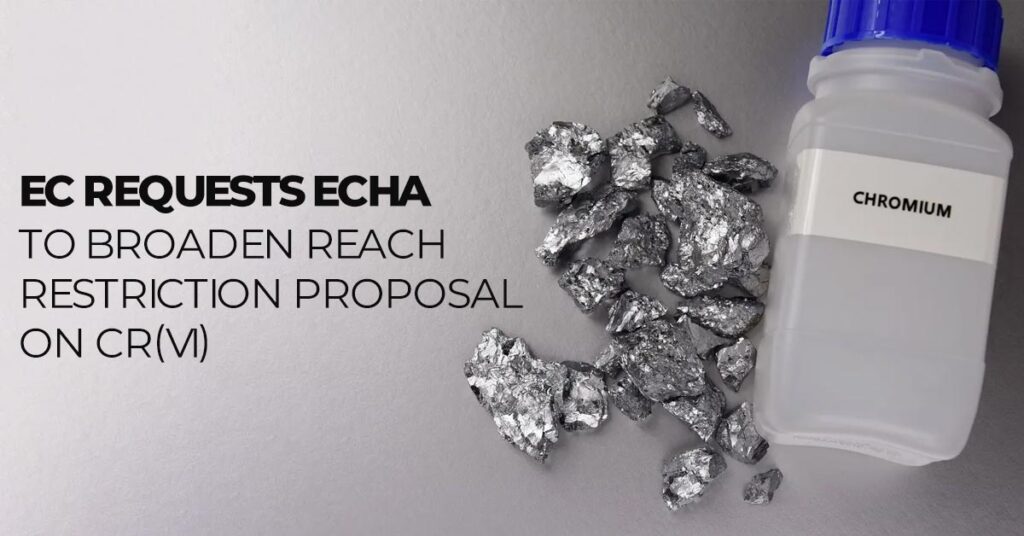
ECHA proposes Cr(VI) restrictions
Submitted by:
Andrew Warmington
Following a request from the European Commission, the European Chemicals Agency (ECHA) has assessed the risks posed by certain hexavalent chromium (Cr(VI)) substances. It concluded that an EU-wide restriction is justified and brought a proposal for this forward, which could replace the current authorisation requirements under REACH. A six-month consultation with stakeholders is expected to start on 18 June.
“The aim is to reduce the harmful effects of these carcinogenic chemicals for both workers and the public,” the agency stated. “Cr(VI) substances are among the most potent workplace carcinogens and pose a serious risk to workers’ health. People living near industrial sites that release these substances into the environment are also at risk of lung and intestinal cancers.”
Barium chromate is included in the scope of the restriction to avoid ‘regrettable substitution’. The proposal would cover all uses except in six categories when they meet defined limits for worker exposure and environmental emissions:
- Formulation of mixtures
- Electroplating on plastic substrate
- Electroplating on metal substrate
- Use of primers and other slurries
- Other surface treatment
- Functional additives/process aids
ECHA estimated that the restriction could prevent up to 17 tonnes/year of Cr(VI) releases into the environment and up to 195 cancer cases/year. The total monetised benefits are estimated to be €331 million or €1.07 billion over 20 years, depending on the restriction option chosen. The total cost to European society is estimated at either €314 million or €3.23 billion, including measures to reduce environmental releases and worker exposure, the cost of closures and relocations, and replacing Cr(VI) substances with safer alternatives.
